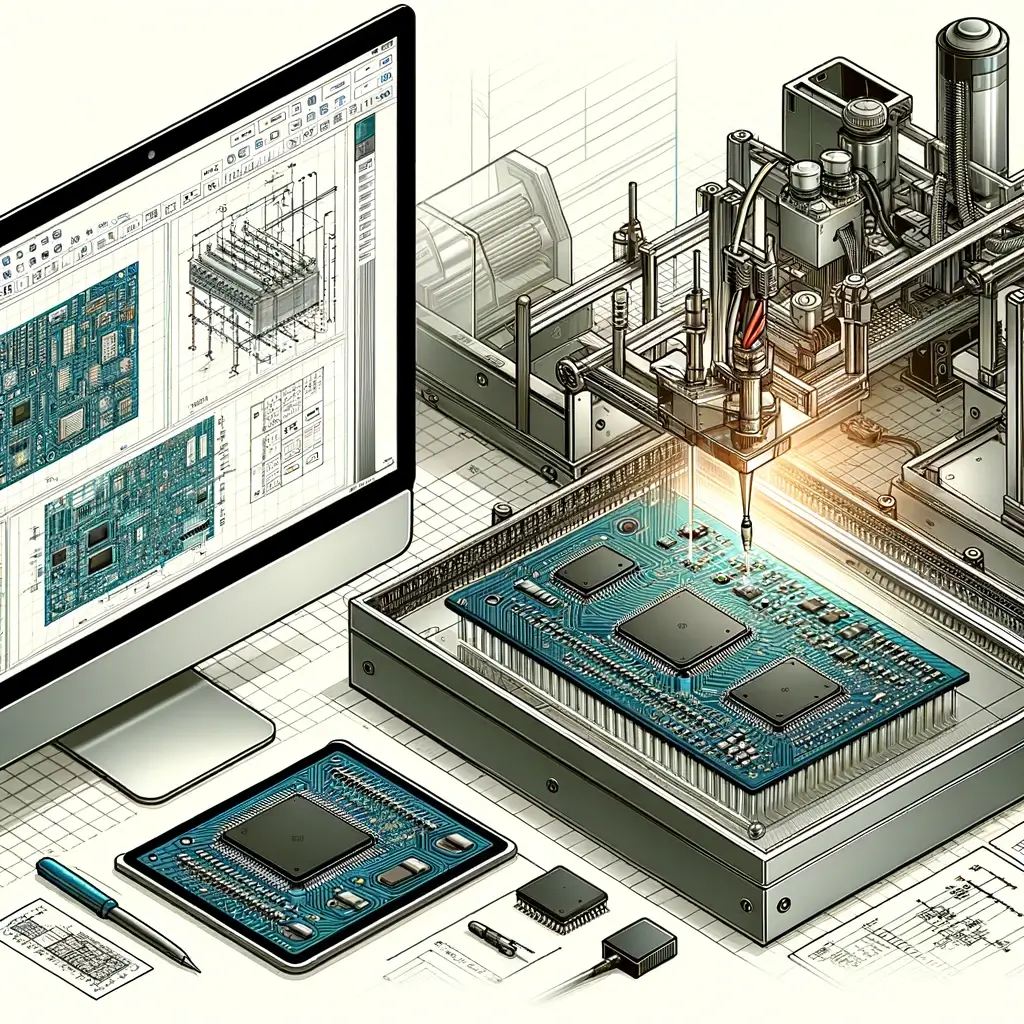Electrostatic Discharge and Its Effect on PCBs- Advanced PCB Assembly-Hitech PCB
If you’ve decided on a source for PCB assembly services, you’ll already know how intricate this work can be. PCB designers use computer-based design software to design a board’s circuit pattern. The spaces between these electrical conducting paths are often smaller than 0.04 inches in size. This production requires precise work; unfortunately, the integrity of a PCB can be compromised with any minuscule mistake or even a tiny change in the environment.
What is ESD and what causes it?
ESD, or electrostatic discharge, refers to what occurs when two objects with opposing charges come into contact with one another. If these two objects get close enough, this discharges the voltage, creates a voltage spike, and generates an electromagnetic field.
We experience the effects of ESD on a fairly regular basis. Common examples include the little shocks or sparks you might see and feel when you pull out a fuzzy blanket on a cold, dry day. But ESD can also be caused by plugging in or pulling out a cable from a socket, pushing buttons or keys, touching a device’s screen, or even walking across a floor.
Can ESD adversely affect a PCB?
In a word, yes. Although we don’t typically feel the impact of ESD unless it measures more than several thousand volts, even the smallest discharge can potentially damage a PCB. Essentially, if a PCB is physically touched by enough objects and people (or even comes in close contact with them) that have an opposite electric charge, it’s vulnerable to harm. This damage can be either latent (which means a PCB still functions but may be unreliable or otherwise degraded) or catastrophic (which means the damage is permanent and can be detected through PCB inspection and circuitry tests). In either case, these damages can translate into unexpected costs and even more time allocated to PCB assembly services.
How can someone protect PCBs from ESD?
Fortunately, there are a number of ways to protect your PCBs from ESD. It’s important to prioritize the minimization of ESD early on in the design process. Not only should your PCB assembly services take steps to alleviate these risks, but they should also offer more intricate inspections to ensure latent ESD damage can be identified and rectified before the product is sent out. Your PCB provider should take care to avoid certain practices during the design process, as well. These include the removal of circuit loops, the reduction of line lengths and parasitic inductance levels, and the utilization of ground plane levels. They should also use a copper land or pad to attach connectors and keep this pad separate from the PCB ground. If you will be handling boards yourself after they’re delivered by your PCB assembly services, you’ll need to reduce the possibility of ESD in your operations, too.
When obtaining PCB prototypes, you’ll need to ensure that the company you’ve chosen has the experience and knowledge to provide products of the highest quality — every single time. To find out more about our PCB services, please contact Advanced Assembly today.



